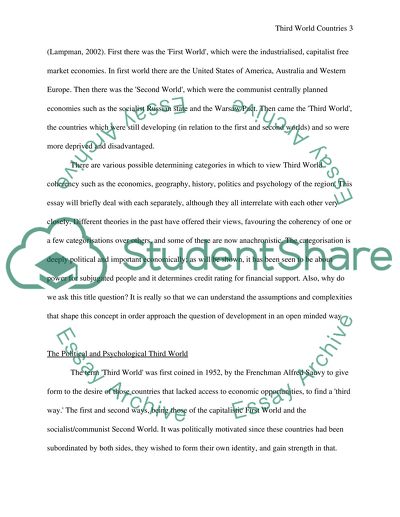Cite this document
(“What is/was the third world Does it still exist Essay”, n.d.)
What is/was the third world Does it still exist Essay. Retrieved from https://studentshare.org/miscellaneous/1544794-what-iswas-the-third-world-does-it-still-exist
What is/was the third world Does it still exist Essay. Retrieved from https://studentshare.org/miscellaneous/1544794-what-iswas-the-third-world-does-it-still-exist
(What is/Was the Third World Does It Still Exist Essay)
What is/Was the Third World Does It Still Exist Essay. https://studentshare.org/miscellaneous/1544794-what-iswas-the-third-world-does-it-still-exist.
What is/Was the Third World Does It Still Exist Essay. https://studentshare.org/miscellaneous/1544794-what-iswas-the-third-world-does-it-still-exist.
“What is/Was the Third World Does It Still Exist Essay”, n.d. https://studentshare.org/miscellaneous/1544794-what-iswas-the-third-world-does-it-still-exist.


